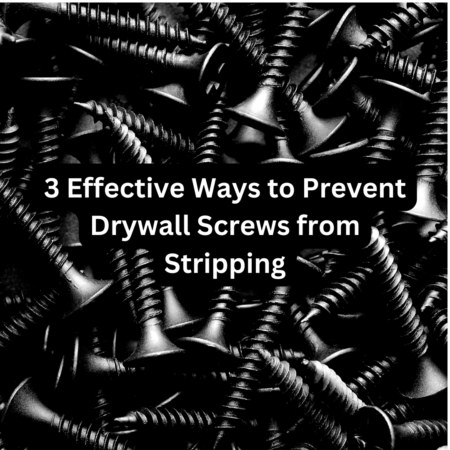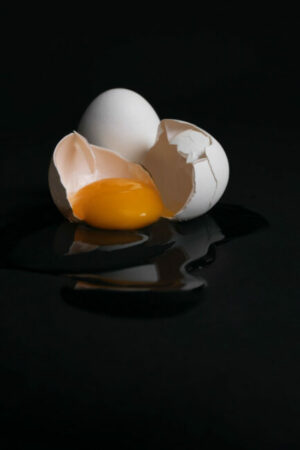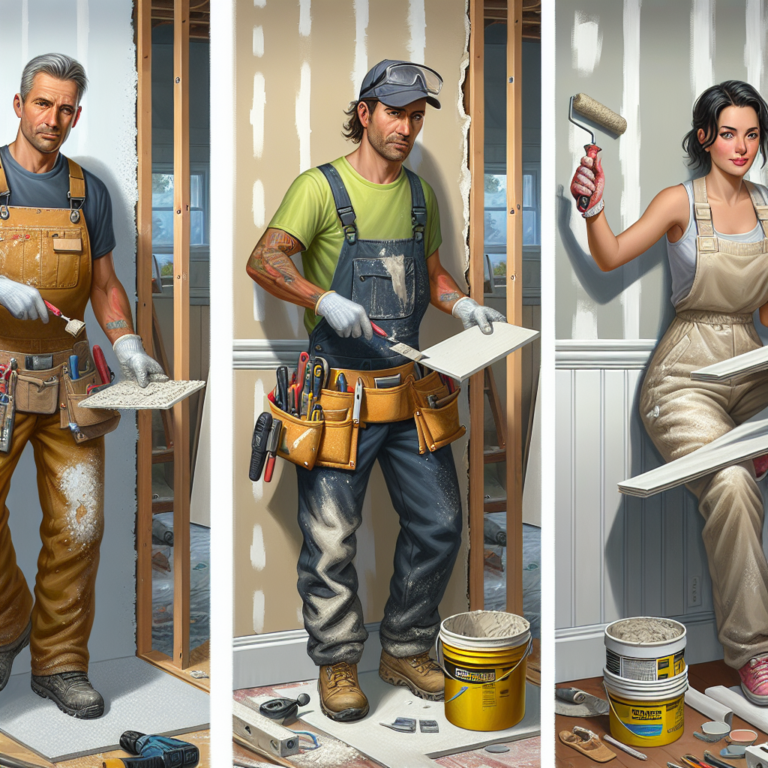3 Effective Ways to Prevent Drywall Screws from Stripping
If your drywall screws are stripping and you can’t figure out why or how I’m going to dive into 3 effective ways to prevent drywall screws from stripping. Did you know, there are certain things you can do to prevent drywall screws from stripping? Depending on your drywall screw bit, the type of drill you’re using, and choosing the right drywall screws for your project!
Having The Right Bit For Your Drywall Screws
When you are constantly stripping drywall screws, I recommend first starting with the right bit. Having the right drywall screw bit will not only help you install drywall faster, but it makes it much easier in the future if any repairs are needed.
Stripping a drywall screw can create a huge headache. If a drywall screw isn’t fully drilled into the wall, the only way to remove it would be with vice grips or sawing it off. Other methods, such as using a hammer, could damage the drywall and leave you with more drywall mudding to do. So, do you know what size bit you’re supposed to be using?
Grip-Rite dominates shelves at Lowes and Home Depot for drywall screws. Most drywall bits made my grip-rite use a #2 Philips head drywall screw. There are some manufacturers out there that use a square bit for drywall screws, but Philips’s head drywall screws remain the top and most used.
Where To Find Bits for Drywall Screws
Any local hardware store, and big chain stores nearby will sell drywall screw bits. It’s important to note, there are certain types of bits for drywall bits you can purchase.
Some have a magnetic tip, some may have a depth-setting bit, or if you don’t need all of the bells and whistles, a #2 Philips will do!
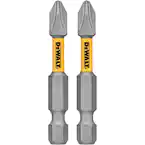
#2 Drywall Bit For Drywall Screws
These drywall bits are my go-to for installing drywall screws. They have lasted me years and I haven’t had a problem with them. I should actually say – the only problem I’ve ever had with these is when I lose them. But hey, at least they’re cheap!
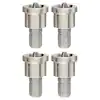
#2 Magnetic Drywall Bits For Drywall Screws
Screw setting bits allow you to adjust when the drywall screws stop screwing in. Plus, they’re magnetic! It uses a collar that prevents you from drilling in drywall screws too far, or not enough. It can help with faster applications as well!
Impact Drills VS Regular Drills
Another thing that can help prevent drywall screws from stripping, is making an upgrade from a regular drill to an impact drill. An impact drill automatically compensates torque rather than a regular drill sending the force to your wrists.
Impact drills are especially useful for longer drywall screws. A recent job I did over the past year was covering old plaster and lathe with drywall. In order to get through ½” thick drywall, 1” thick plaster, and ¼” lathe in order to get to the studs behind, I had to use 2 ½”- 3” screws. The impact drill was a complete game changer to accomplish this.
As an Amazon Affiliate, I earn from qualifying purchases.
If I were on the same job using a regular drill to screw in drywall screws, it would have transferred all of the torque to my wrist. This transference would have made my arms weak from the amount of work, increasing the chances of me accidentally stripping drywall screws.
If you don’t have one yet; buy one or add it to your birthday/fathers/mothers day list. After I switched to an impact driver – I can’t remember the last time I stripped any screw, not just drywall screws!
Choosing The Right Drywall Screws
When it comes to selecting the correct size of drywall screws you have a few things to consider. You never want to have too small of drywall screws, but you also don’t want them too long. If your screws are too long, you could be hitting something else beyond the drywall that could cause you to be stripping the drywall screws.
A good rule of thumb for choosing the right drywall screws is to have your screw length go a minimum of 1” into the stud. Beyond that, it is unnecessary.
To factor the 1” rule, you need to consider, how much space is between the surface and the stud. For example, if you are installing ½” drywall into studs, and there is nothing between the studs – you would want a minimum of 1 ½” drywall screws.
If you are installing ¼” drywall into studs, you would want a minimum of 1 ¼” drywall screws.
When I mentioned earlier that I was hired to cover plaster and lath with drywall, I had to factor in the depth of the plaster and lath. Older homes would have studs, then the lath (approximately ¼”), and then the plaster.
On average, plaster is typically 1” thick. So when considering how long your drywall screws should be for covering plaster, you should add:
- The thickness of your drywall (either ¼”, ½”, or ⅝)
- The thickness of the lath (¼”)
- The thickness of the plaster (1”)
- Total depth into stud (1”)

Conclusion
These are my top recommendations to prevent drywall screws from stripping. Choosing the right drywall bit and screws, to the type of drill you’re using plays an important role in not stripping your drywall screws again! Which of the reasons listed here was the most effective in your own experience?
As always, let me know if you have any questions in the comments below!

